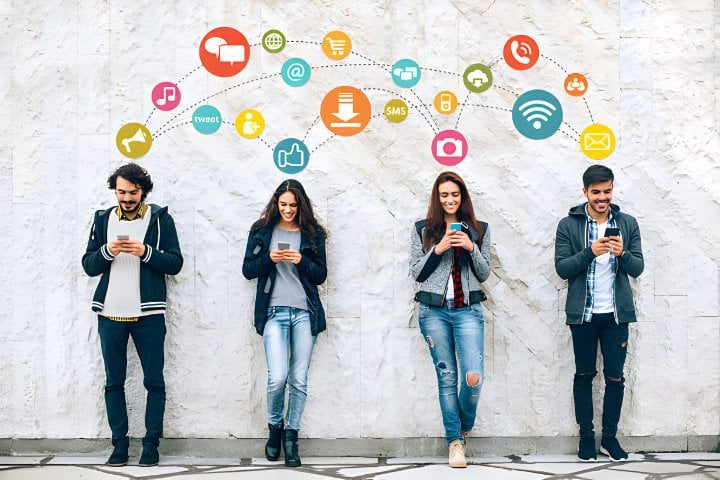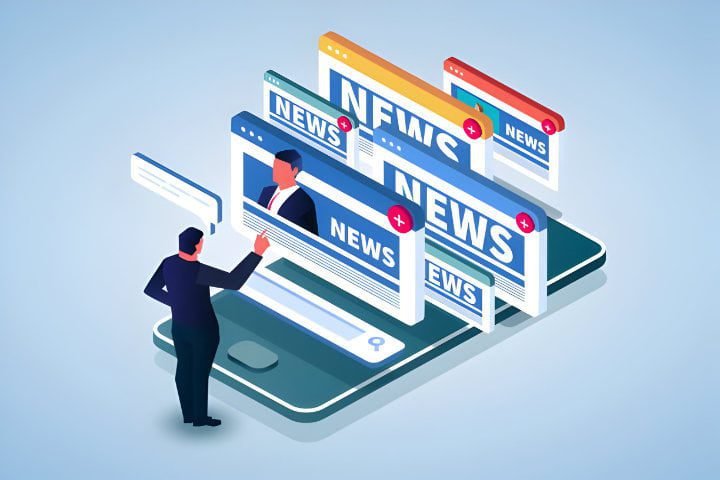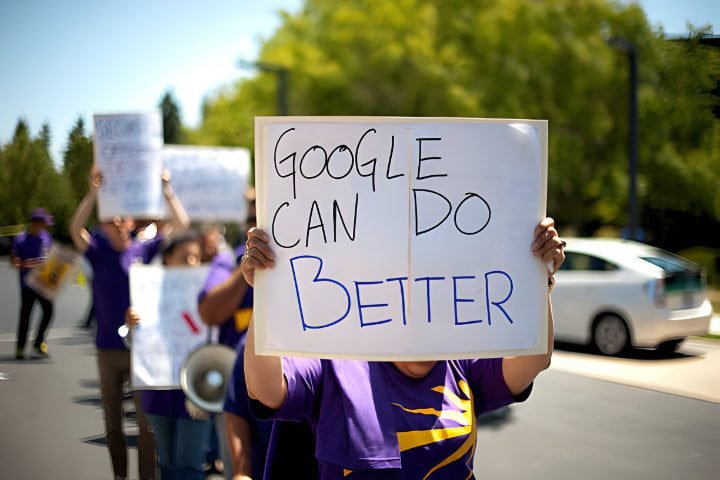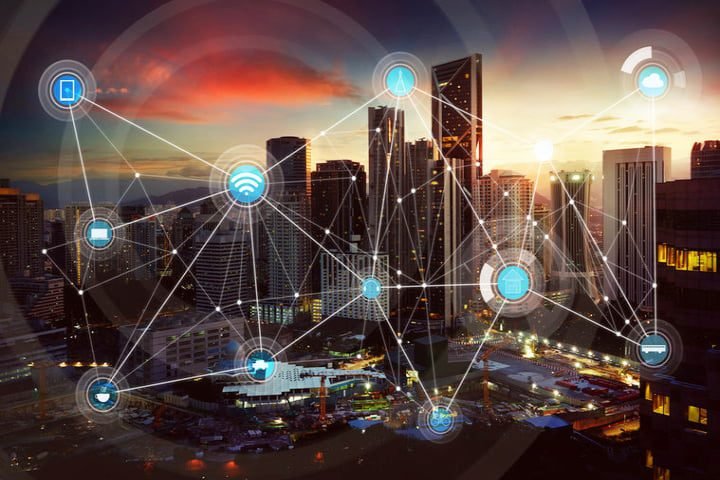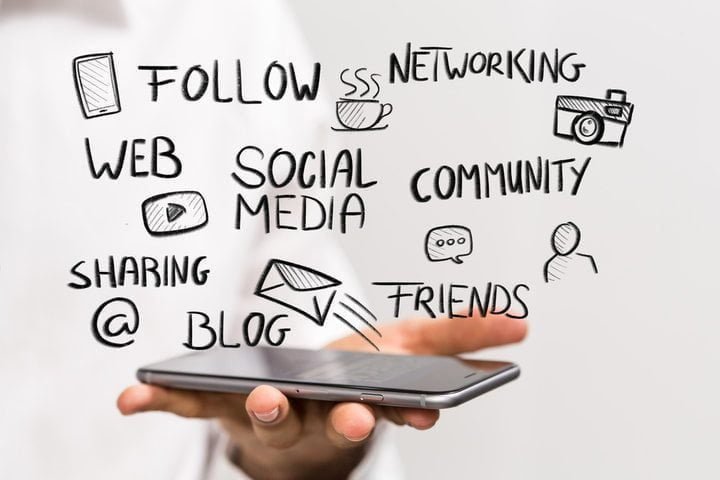CUET UG New Media
Introduction to Internet Communication
The rise of the Internet has dramatically reshaped how we communicate, influencing both personal interactions and mass communication.
To fully appreciate the intricacies of today’s digital world, it’s essential to understand the major shifts brought about by Internet communication. These shifts include the empowerment of individuals, the global spread of information, and the rapid formation of opinions.
This analysis is divided into two sections: the impact on personal communication and the impact on mass communication.
Personal Communication
The Internet has revolutionized personal communication by providing unparalleled access to information and tools for content creation and sharing. This transformation can be explored through several key aspects:
Empowerment through Information Creation and Sharing
The Internet has democratized the creation and distribution of information. Social media, blogs, and personal websites allow individuals to voice their opinions, share experiences, and reach a global audience.
The data on digital adoption and use in India in early 2024 suggests that;
- At the beginning of 2024, India boasted 751.5 million internet users, achieving an internet penetration rate of 52.4%.
- By January 2024, the country had 462.0 million social media users, representing 32.2% of the total population.
- In addition, in early 2024, there were 1.12 billion active cellular mobile connections in India, accounting for 78.0% of the population.
This empowerment is especially evident in the rise of user-generated content, which now forms a significant part of the digital landscape. Platforms such as YouTube, Instagram, and TikTok enable users to create and share videos, photos, and other forms of content, often reaching millions of viewers.

India’s creator economy and short-form video consumption are rising, with at least 8 million creators and knowledge professionals. According to Kalaari Capital, a venture capital firm, around 150,000 professional content creators are effectively monetizing their services, as reported in the Economic Times.
Indian content creators can earn between 16,000 and 200,000 rupees monthly, depending on their reach and engagement on different platforms. It’s worth noting that less than 1% of creators with over 1 million followers have the potential to earn between 2 lakh and 50 lakh rupees per month or above.
This shift has given rise to new forms of personal expression and has democratized the media landscape, allowing previously marginalized voices to be heard.
Global Distribution of Information
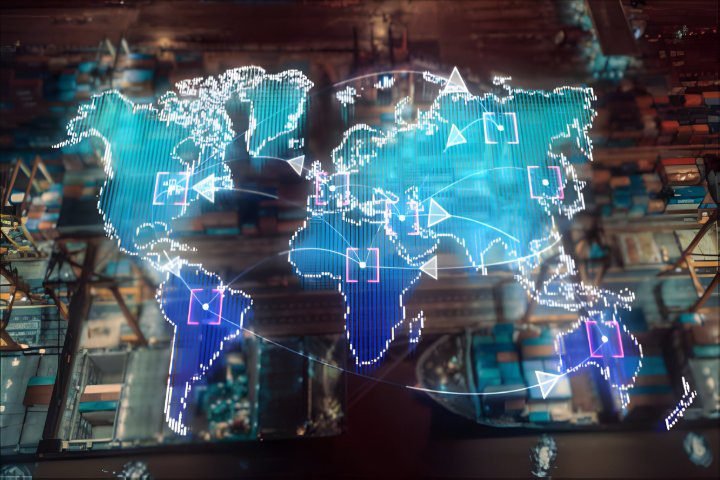
The Internet allows instantaneous distribution of information worldwide, so personal communication is no longer confined by geographical boundaries.
Tools like email, instant messaging, and video calls enable people to connect regardless of their physical location. This global connectivity has fostered closer relationships between individuals from diverse cultures and backgrounds.
Moreover, the Internet has facilitated the formation of online communities where people with shared interests can interact and support each other. These communities provide a sense of belonging and can offer valuable information and emotional support.
Rapidity of Opinion Generation
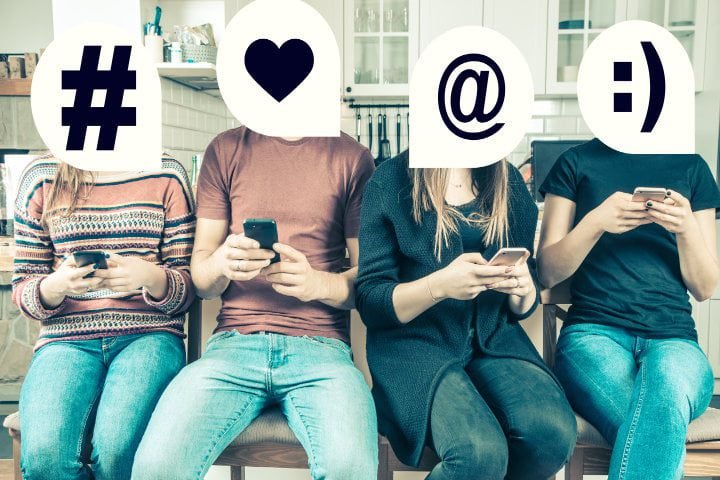
The speed at which information and opinions are generated and shared on the Internet is unprecedented. Social media platforms allow users to respond to events in real-time, creating a dynamic and constantly evolving conversation.
This rapid exchange of ideas can lead to swift mobilization around social and political issues, as seen in movements like #MeToo and #BlackLivesMatter.
The BlackLivesMatter hashtag is closely associated with the movement that aims to raise awareness about racism and police brutality against African Americans. It has helped shed light on previously unnoticed discrimination. Twitter’s hashtag features have been utilized to establish a sense of protest identity and unity within the movement.
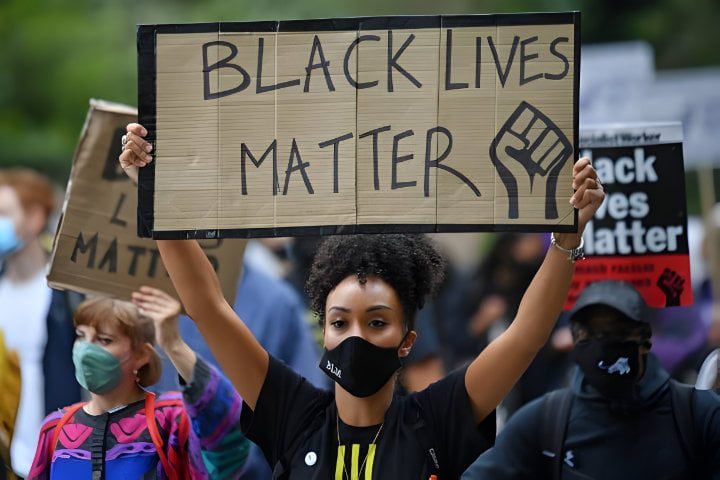
However, the rapidity of opinion generation also has its downsides. Just as quickly, misinformation and fake news can spread, leading to confusion and mistrust. Individuals must develop critical thinking skills to navigate the vast amount of online information.
Impact on Relationships
The Internet has transformed how people maintain and nurture relationships. Online communication tools enable individuals to stay connected with family and friends, even when physically apart. Social media platforms allow users to share life events, photos, and updates, fostering a sense of closeness and intimacy.

On the other hand, the Internet has also presented challenges to personal relationships. The prevalence of online interactions can sometimes reduce face-to-face communication, which is crucial for building deep and meaningful connections. Additionally, the anonymity of the Internet can result in negative behaviors, such as cyberbullying and online harassment.
Mass Communication
The Internet has also profoundly impacted mass communication, reshaping how information is disseminated and consumed on a large scale. Key aspects of this transformation include:
Shift in Communication Paradigm
The Internet has disrupted the traditional model of mass communication, which involves the one-way dissemination of information from a few reliable sources to a passive audience. The new paradigm is more interactive, with audiences actively participating in creating and distributing content. This shift has led to a more decentralized and democratized media landscape.
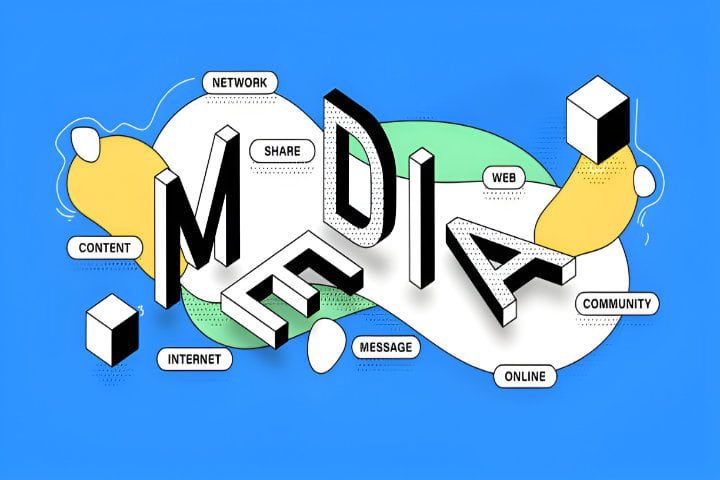
News websites, blogs, and social media platforms allow individuals and organizations to publish content and engage with their audience directly. This interactivity has blurred the lines between content creators and consumers, resulting in a more participatory form of mass communication.
Empowerment of the Common Man
The Internet has given ordinary people the power to influence public discourse. Citizen journalism, where individuals report on events and issues through blogs and social media, has become a significant aspect of mass communication.
This empowerment has led to greater transparency and accountability, as people can share information and hold authorities to account.
Examples of citizen journalism include live-tweeting from protest sites, sharing videos of incidents of police brutality, and blogging about local issues. These contributions often complement traditional media coverage, providing additional perspectives and insights.
Global Scale of Information Distribution
The Internet enables the distribution of information on an unprecedented global scale. News and information can be disseminated to a worldwide audience within seconds. This global reach has significant implications for mass communication, allowing for the rapid spread of information and ideas across borders.
However, this global scale also presents challenges. The sheer volume of online information can be overwhelming, making it difficult for individuals to discern credible sources from unreliable ones.
Additionally, spreading misinformation and propaganda can have far-reaching consequences, influencing public opinion and behavior on a large scale.
Triggering Activity in Other Communication Mediums
Information and messages in one communication medium can trigger activity in other communication mediums. For example, a viral social media post can lead to news coverage on television and print media. This interconnectedness amplifies the impact of certain messages and can lead to widespread awareness and action.
The integration of different communication mediums has also led to the rise of transmedia storytelling, where stories are told across multiple platforms, engaging audiences in various ways. This approach enhances the reach and impact of mass communication campaigns.
Rapidity of Opinion Generation

The rapidity of opinion generation due to the Internet is especially noticeable in mass communication. Online platforms allow for real-time feedback and engagement, creating a dynamic and interactive communication environment. This rapid exchange of opinions can influence public sentiment and shape the narrative around events and issues.
In the 2024 general elections in India, OpenAI claimed that it disrupted the covert operations of an Israeli firm. The firm sought to use artificial intelligence models to manipulate public opinion and influence political outcomes by criticizing the ruling BJP party and praising the opposition Congress party.
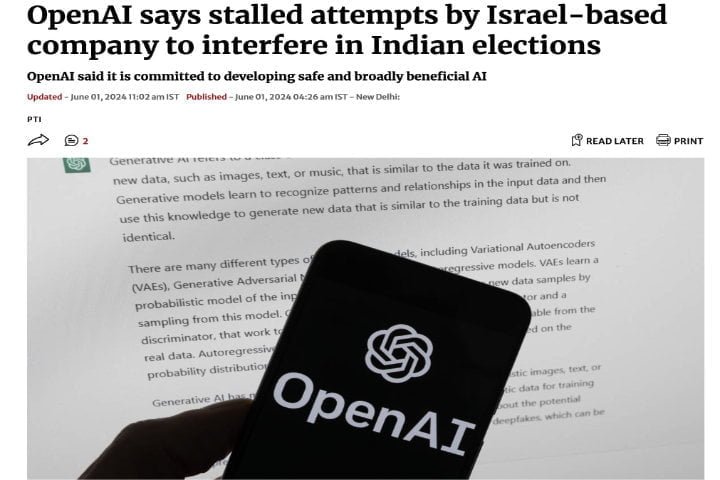
The immediacy of online communication also means that public relations crises can escalate quickly. Organizations must be prepared to respond rapidly to manage their reputation and address concerns. This need for agility has transformed the field of public relations and communication management.
Multiple Sources of Information
The Internet provides access to multiple sources of information, impacting how messages are received and interpreted. This plurality of sources allows for a more diverse range of perspectives and voices in public discourse.
However, it also requires individuals to be discerning information consumers, as not all sources are equally reliable or credible.
The availability of multiple sources of information has also led to the phenomenon of “echo chambers,” where individuals seek information that reinforces their beliefs and opinions. This can result in polarized communities and a fragmented public discourse.
Conclusion
The Internet has fundamentally transformed communication at both personal and mass levels. On a personal level, it has empowered individuals to create and share information, fostering global connectivity and rapid opinion generation.
On a mass communication level, the paradigm has shifted from a one-way dissemination model to a more interactive and decentralized landscape, empowering ordinary people and enabling the global distribution of information.
However, these changes also present challenges, such as the spread of misinformation, the potential for reduced face-to-face interactions, and the need for critical thinking skills to navigate the vast amount of information available online.
As the Internet continues to evolve, it is essential to address these challenges while harnessing the power of digital communication to foster a more informed, connected and engaged society.
The CUET UG Mass Communication syllabus contains this topic under the New Media section.

